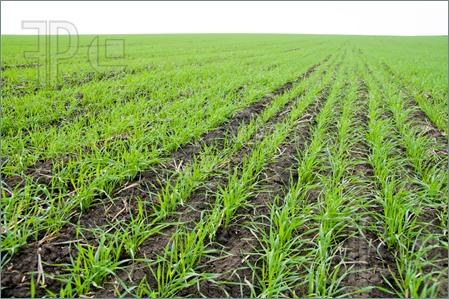Russia. Weather impact on crop conditions

Weather conditions. In December, the Northwestern, Central and Volga federal districts were exposed to much higher air temperatures than usual. Variable weather dominated the Southern and North Caucasian federal districts. It was colder than usual in farming areas of Western Siberia in early December, reports UkrAgroConsult.
Moisture supply. Most of the Northwestern, Central and Volga federal districts received 25-35 mm of precipitation during the month. In the eastern half of the Northwestern federal district, northeasternmost parts of the Central one and in most areas of the Volga district, snow height in the fields ranged from 3-5 cm to 10-15 cm (up to 35-40 mm and higher in the northeast of the territory). In Western Siberia, snow height ranged from 6-10 cm to 13-20 cm in its southwest and from 25 to 35 cm (and higher) in other areas.
Crop condition. In the Northwestern, Central and Volga federal districts, the December conditions for winter grains were largely fair. They were not exposed to dangerously low temperatures. Cool weather persisted in the Southern and North Caucasian federal districts on most days between December 1-10, and winter grains stayed dormant. It became much warmer in the latter half of December, and winter grains started to grow again in the south of the Southern district and in most parts of the North Caucasian district. The conditions for survival of winter grains in Western Siberia were fair.
More detailed information on the latest trends in grain exports, supply and demand balances with breakdown by crop, price behavior, crop conditions and progress in harvesting/planting in the countries of Black Sea Region is available to subscribers for Online Analytics "Black Sea Grain" in the new innovative tool for agri market participants – AgriSupp by UkrAgroConsult. We offer 7-days trial! Completely free!
Read also
Growing demand for corn in Vietnam points to increased imports
BLACK SEA GRAIN. KYIV conference brought together grain market participants and ex...
Argentina bug invasion knocks $1.3 billion off corn crop
Growth of corn prices in Ukraine limits the fall in world prices
Argentine farmers call for ‘urgent’ end to wheat export taxes
Write to us
Our manager will contact you soon












